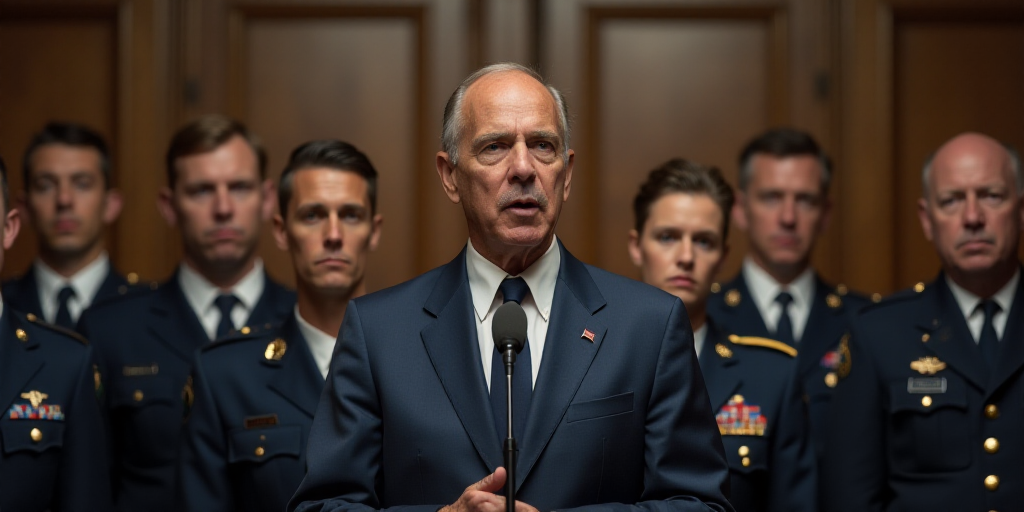Background on Donald Trump and His Influence
Donald Trump, the 45th President of the United States, served from January 2017 to January 2021. Known for his controversial policies and divisive rhetoric, Trump’s influence continues to shape political discussions even after his presidency. His recent visit to Washington, D.C., highlights ongoing tensions between federal and local governance, as well as the role of military forces in domestic law enforcement.
Military Deployment in Washington, D.C.
On Thursday, Trump visited members of the National Guard and law enforcement deployed in Washington, D.C., asserting that they would remain “for a while” despite opposition from many residents.
In mid-June, Trump ordered the National Guard and Marines to quell unrest in Los Angeles, California. The recent deployment in Washington, D.C., a city governed by Democrats, is described by Trump as an “offensive against crime.”
Trump stated, “We’re going to make it safer, and then we’ll go to other places, but we’re going to stay here for a while. We want to make it absolutely perfect,” outside the U.S. Park Police headquarters in the historic Anacostia neighborhood.
Surrounded by local and federal law enforcement agents along with National Guard personnel, Trump initially suggested he would patrol with the police and military but instead delivered a brief speech and distributed pizzas and burgers.
“Everyone feels safe,” he claimed, hinting at plans to “physically fix” the capital. He also mentioned improving parks, stating, “I know more about grass than any human being. I have so many golf courses everywhere.”
Reactions and Criticism
Trump’s visit came a day after his Vice President, JD Vance, faced jeers and chants of “Free DC!” during his own meeting with the deployed troops in Washington. The District of Columbia, a federal district encompassing the city, has been a target of criticism for its perceived mismanagement and high crime rates.
Washington’s National Guard mobilized 800 personnel for the mission, while Republican states like Ohio, Louisiana, Mississippi, South Carolina, Tennessee, and West Virginia sent an additional 1,200 troops.
While some residents support the military presence due to concerns about crime, others argue that the show of force is unnecessary or ineffective in areas experiencing violence.
Key Questions and Answers
- Who is Donald Trump? Donald Trump served as the 45th President of the United States from January 2017 to January 2021. Known for his polarizing policies and rhetoric, Trump’s influence persists in shaping political conversations.
- What is the controversy surrounding Trump’s visit to Washington, D.C.? Trump’s visit to Washington, D.C., has sparked debate over the role of military forces in domestic law enforcement and tensions between federal and local governance.
- What are the reactions from residents and politicians? Some residents support the military presence due to crime concerns, while others argue it’s unnecessary or ineffective. Republican politicians have criticized Washington, D.C., for mismanagement and high crime rates.
Historical Context and Crime Trends
Trump’s recent actions echo his previous attempts to exert control over local law enforcement, such as during the 2020 protests following George Floyd’s death. Critics argue that his focus on military presence overlooks the complexities of crime and homelessness.
According to Washington, D.C., police data, violent crime rates have significantly decreased between 2023 and 2024, following a sudden rise post-pandemic in 2020. This context challenges Trump’s narrative of a crime-ridden capital.






